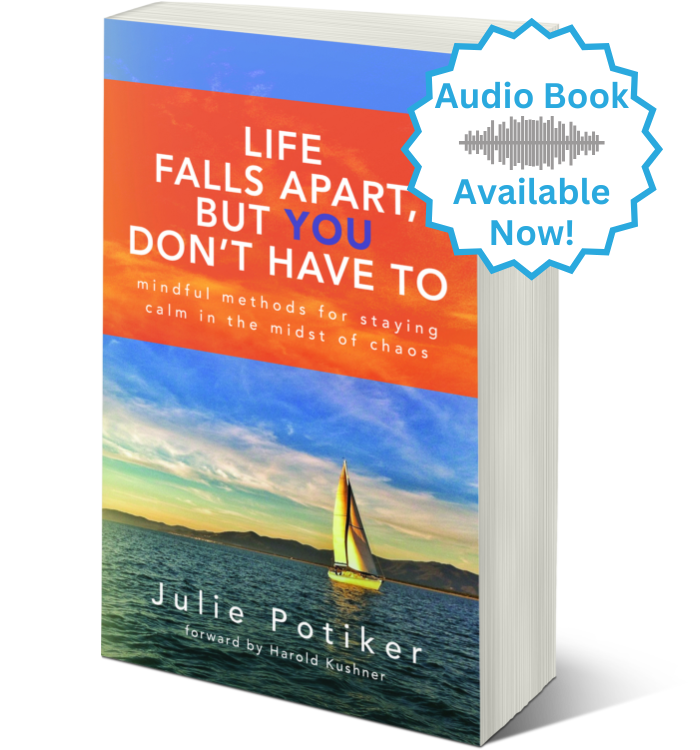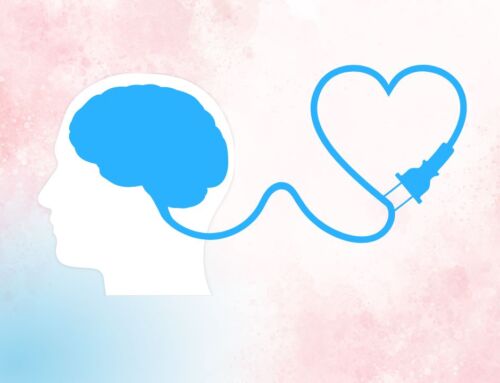If I lived by the statement, you are only as happy as your least happy child, I would be one unhappy cookie. As a matter of fact, I was one unhappy cookie until I took my happiness into my own hands and heart and unhooked it from my kids through therapy and mindfulness practices. My twin daughters recently remarked, “Mom, you should thank us for being so difficult to raise. If it had been easy, you wouldn’t have built such a great tool box!”
Now that I’m able to maintain my equanimity, I am parenting better than I did when the kids were younger. I am less reactive, and because of that, the communication between my children and me is smoother and less charged, even when issues are in conflict. I can feel compassion for them, and for myself as well. And on days when things are especially bumpy, I can put my arms around myself and say, “Oh, Julie, sweetheart, that was really tough.”
Here’s a mindfulness tool you can try when you encounter your toughest parenting moments.
Get in a comfortable position, sitting with your back relatively straight and relaxed.
Close your eyes gently and take three deep, nourishing breaths.
Find your breath where you notice it most easily. It may be the bottom of your nostrils, your chest, or your belly. Tune into your breath and watch it for a few minutes.
Notice what’s going on in your body. If you’re in the middle of a tough parenting moment, those feelings might be frustration, anger, disappointment, shame, fear, worry, hopelessness, or depression. See if you can notice in your body where those emotions are manifesting themselves.
Name the emotion and locate it in your body.
“Oh, that’s anger in my stomach.”
“Oh, that’s shame under the anger.”
“Oh, that’s depression in my heart.”
Naming the emotions as they come up helps provide a little breathing room around them.
See if you can visualize what the anger, shame, depression, or other feeling looks like. Is it like a cinder block? Is it hot or cold? Is it shaky or still? Is it contracting, like pulling in and down? Is it expanding, pushing up and out?
Then, breathe into the pain. Focus your attention on your intake breath, and breathe it right into the pain.
There is a space in between your intake breath and your out breath. Visualize that gap as a huge cavern filled with light. Your pain is dropping down into that space.
The pain coming in gets transformed by something in the cavern so that your out breath is a light, free breath of ease, goodwill, and freedom from suffering. Breathe into the pain; breathe out clear goodness.
Keep practicing for fifteen minutes, and then let the last five minutes be free from focusing your attention on your breath, words, or feelings. Just sit with your eyes closed and notice what comes up, allowing your experience to be just what it is.
Life Falls Apart, But You Don’t Have To
Mindful Methods for Staying Calm in the Midst of Chaos
At one point in my life, I was so stressed that I began manifesting symptoms of a stroke. It was at this point I realized I needed to change my life and find better ways of managing the challenges I would inevitably face.






















